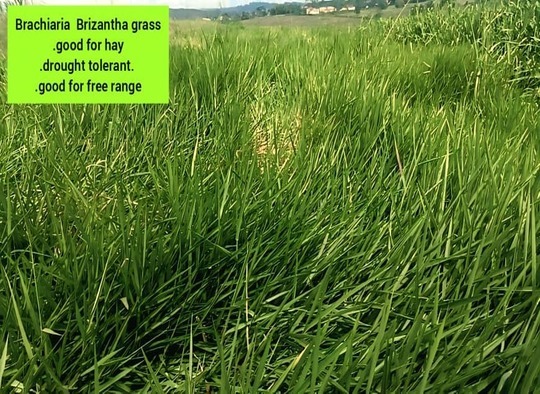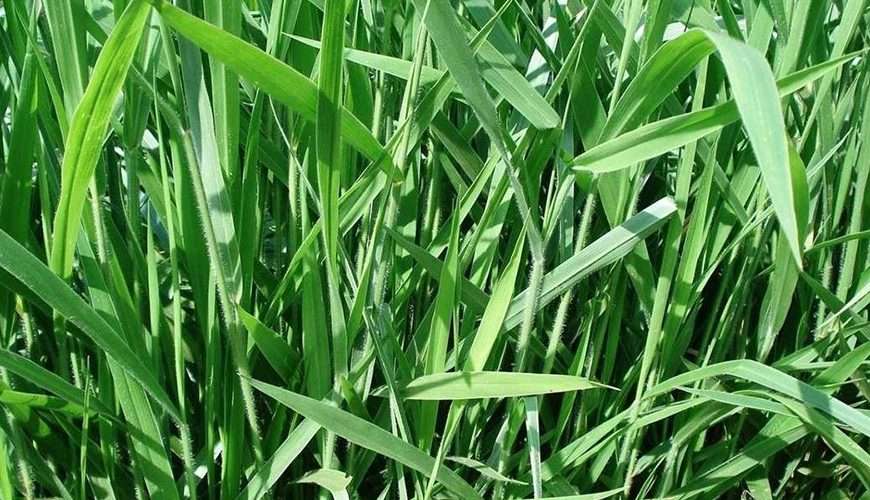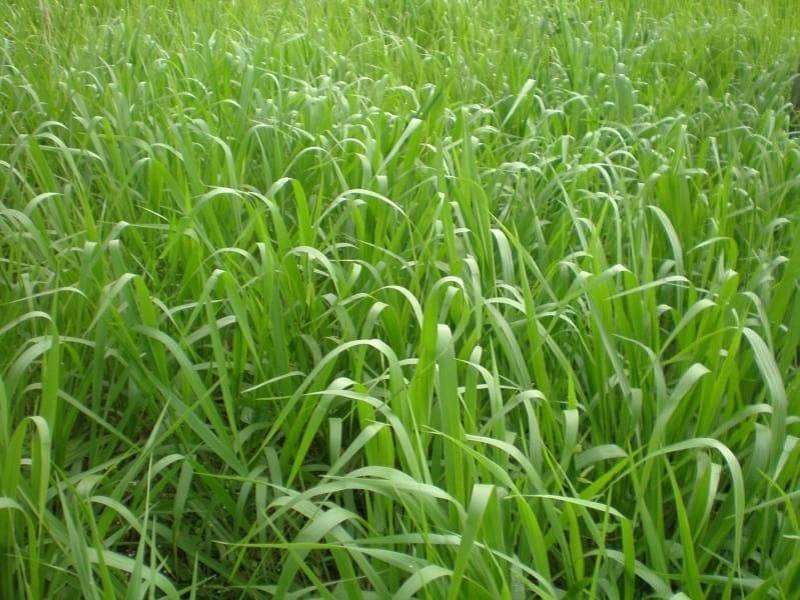Welcome to Itungo Pastures
- +256705167067, +256782185097, +256744000011
- Wakiso Town Council along Hoima road
- itungopastures@gmail.com

This rhizomatous perennial grass can reach 1 to 2 meters in height. The root system is up to 2 meters deep. The green leaf blades are up to 40 to 100 centimeters long and 2 wide, and are hairless or slightly rough-haired. The inflorescence is a panicle up to 20 centimeters long and 3 wide, divided into several rolled, crescent-shaped branches. The spikelets are solitary, not paired, and they line the crescent-like panicle branches closely. The branches may have purple rachises and the spikelets may be purple-tinged.

Brachiaria grasses have several desirable traits that include: adaptation to marginal soils, water stresses and shade tolerance, high biomass production potential, ability to sequester carbon, increased nitrogen use efficiency through biological nitrification inhibition (BNI), and subsequently the ability to reduce greenhouse gas emissions and ground water pollutions. Brachiaria, being a highly palatable and nutritious forage, increases livestock productivity. Moreover, Brachiaria is an important ecological agent with significant roles in soil improvement and erosion control. Despite the plethora of desirable attributes and high biomass production potential of 30 t/ha, the on‐farm productivity of Brachiaria in Africa is quite low.
Download Notes
This grass is used to feed livestock. It is grown in pastures for grazing and cut for hay and fodder. It is resistant to grazing pressure. It is nutritious and palatable. The grass is also used to feed rabbits.